Today (October 24), the workshop "Green building materials - Foundation for sustainable projects" was organized by the Vietnam Green Building Council (VGBC) in Ho Chi Minh City, aiming to promote the green transition in the Vietnamese construction industry.

Mr. Nguyen Huu Tien talks about the necessity of green economy (Photo: BTC).
Speaking at the event, Mr. Nguyen Huu Tien - Deputy Director of the Department of Science, Technology, Environment and Construction Materials ( Ministry of Construction ) - said that the concept of green economy has been mentioned by the Central Government since Resolution No. 24/2013 on climate change response, resource management and environmental protection. This document sets out the requirement to pilot the development of green economic models, green industry, green urban areas and green countryside.
After nearly a decade of implementation, the issue of building a green economy and a circular economy continues to be identified in the country's development orientation for the 2021-2030 period at the 13th National Party Congress.
Mr. Tien added that the Government is completing a voluntary national report to the United Nations Framework Convention on Climate Change, in which the construction sector is assigned a target of reducing nearly 80 million tons of CO₂. This plan is based on 7 groups of solutions, including 5 solutions on energy use and 2 solutions related to industrial processes, especially linked to the production of construction materials.
Ms. Nguyen Thi Thuy Linh - Researcher at the Center for Equipment, Environment and Labor Safety (Institute of Construction Materials) - said that the construction industry is one of the sectors with the largest greenhouse gas emissions.
Building materials for housing and infrastructure account for more than 15% of global greenhouse gas emissions, she said. The cement industry alone – the main ingredient in concrete – contributes about 7-8% of global CO₂, mainly from the clinker firing process and the use of fossil fuels.
To reduce emissions and improve competitiveness, many countries are applying Life Cycle Analysis (LCA) and Environmental Product Declaration (EPD) mechanisms. These are considered tools to make environmental information transparent, helping products meet the sustainability requirements of international markets.
However, in Vietnam, there is currently no suitable set of national standards and guidelines for implementing LCA/EPD in the construction materials sector. The analyses are mainly based on international databases, resulting in inaccurate results. In addition, many domestic enterprises are limited in awareness, human resources and finance to implement EPD.
As a result, without EPD, Vietnamese construction materials will have difficulty participating in international green projects, leading to lost business opportunities. Meanwhile, many countries such as Thailand, India, Brazil or China have strongly implemented EPD, thereby significantly improving global competitiveness.
Mr. Douglas Lee Snyder - Executive Director of VGBC - affirmed that the construction industry is facing strong pressure to shift to a circular model to reduce emissions and protect resources. He introduced the LOTUS Green Product (LGP) certification, emphasizing that this is an important tool to help Vietnam integrate into the global green material supply chain, while supporting businesses in the process of transitioning to a sustainable production model.
Source: https://dantri.com.vn/kinh-doanh/nganh-xay-dung-truoc-ap-luc-chuyen-doi-xanh-giam-80-trieu-tan-co2-20251024211213858.htm


![[Photo] Solemn funeral of former Vice Chairman of the Council of Ministers Tran Phuong](https://vphoto.vietnam.vn/thumb/1200x675/vietnam/resource/IMAGE/2025/10/24/1761295093441_tang-le-tran-phuong-1998-4576-jpg.webp)
![[Photo] Prime Minister Pham Minh Chinh and South African President Matamela Cyril Ramaphosa attend the business forum](https://vphoto.vietnam.vn/thumb/1200x675/vietnam/resource/IMAGE/2025/10/24/1761302295638_dsc-0409-jpg.webp)
![[Photo] President Luong Cuong chaired the welcoming ceremony and held talks with United Nations Secretary-General Antonio Guterres](https://vphoto.vietnam.vn/thumb/1200x675/vietnam/resource/IMAGE/2025/10/24/1761304699186_ndo_br_1-jpg.webp)

![[Photo] Prime Minister Pham Minh Chinh chairs conference on breakthrough solutions for social housing development](https://vphoto.vietnam.vn/thumb/1200x675/vietnam/resource/IMAGE/2025/10/24/1761294193033_dsc-0146-7834-jpg.webp)

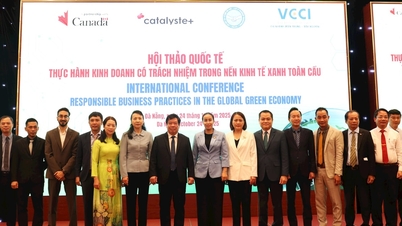

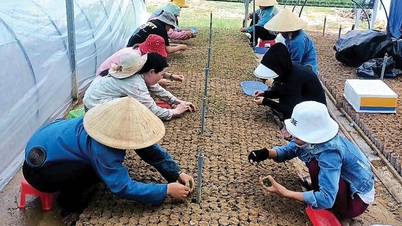

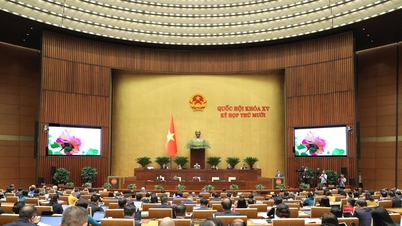

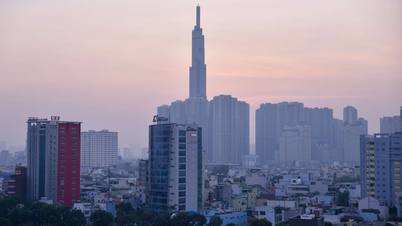
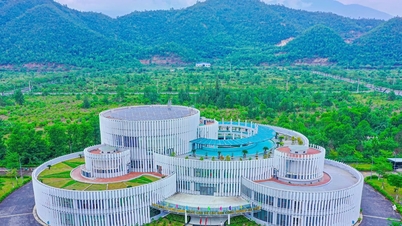
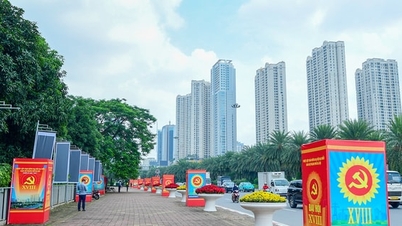


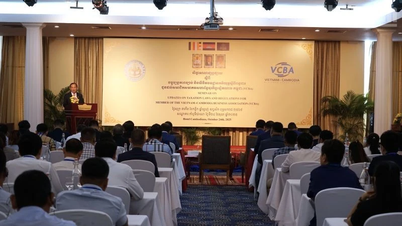

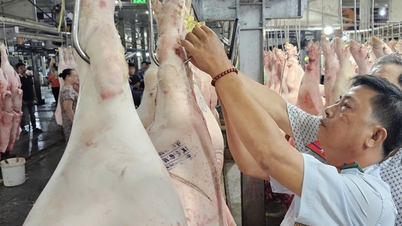

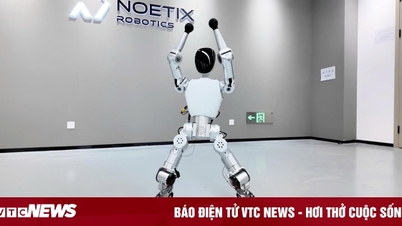









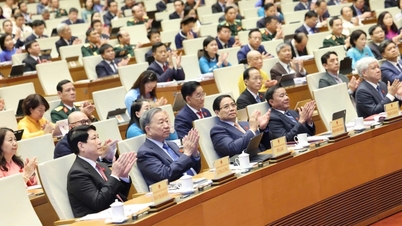










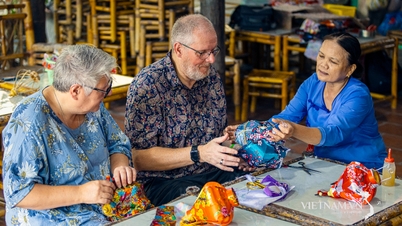

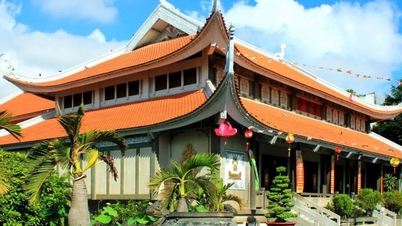




























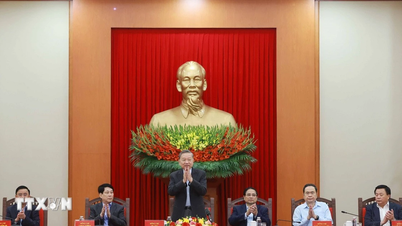
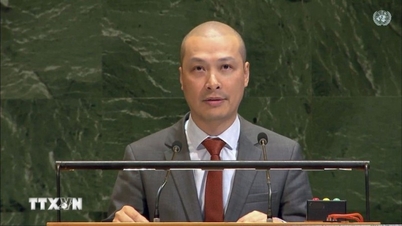

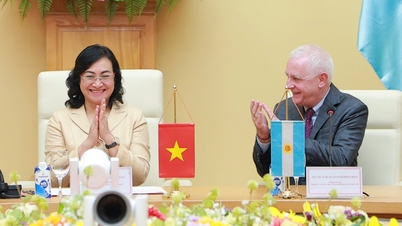


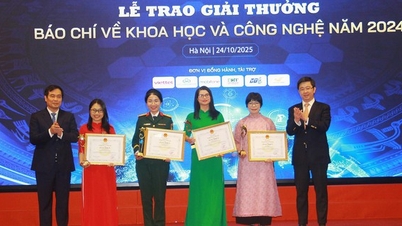

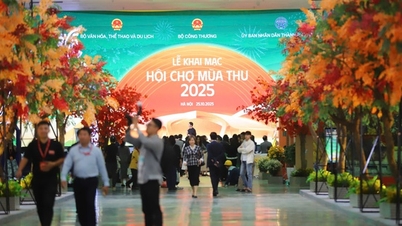
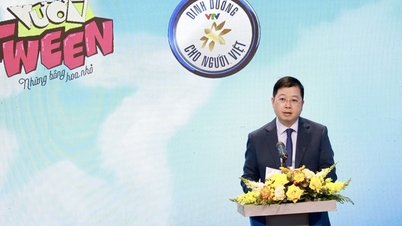
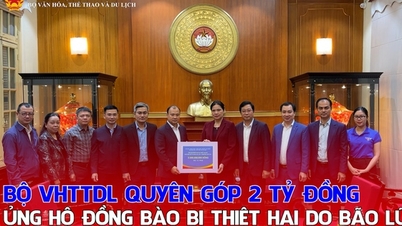


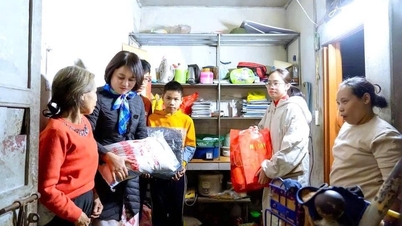

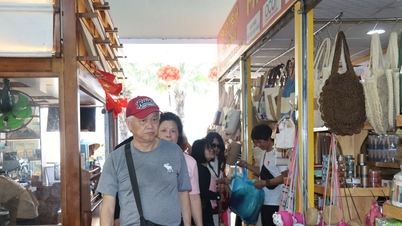




















Comment (0)